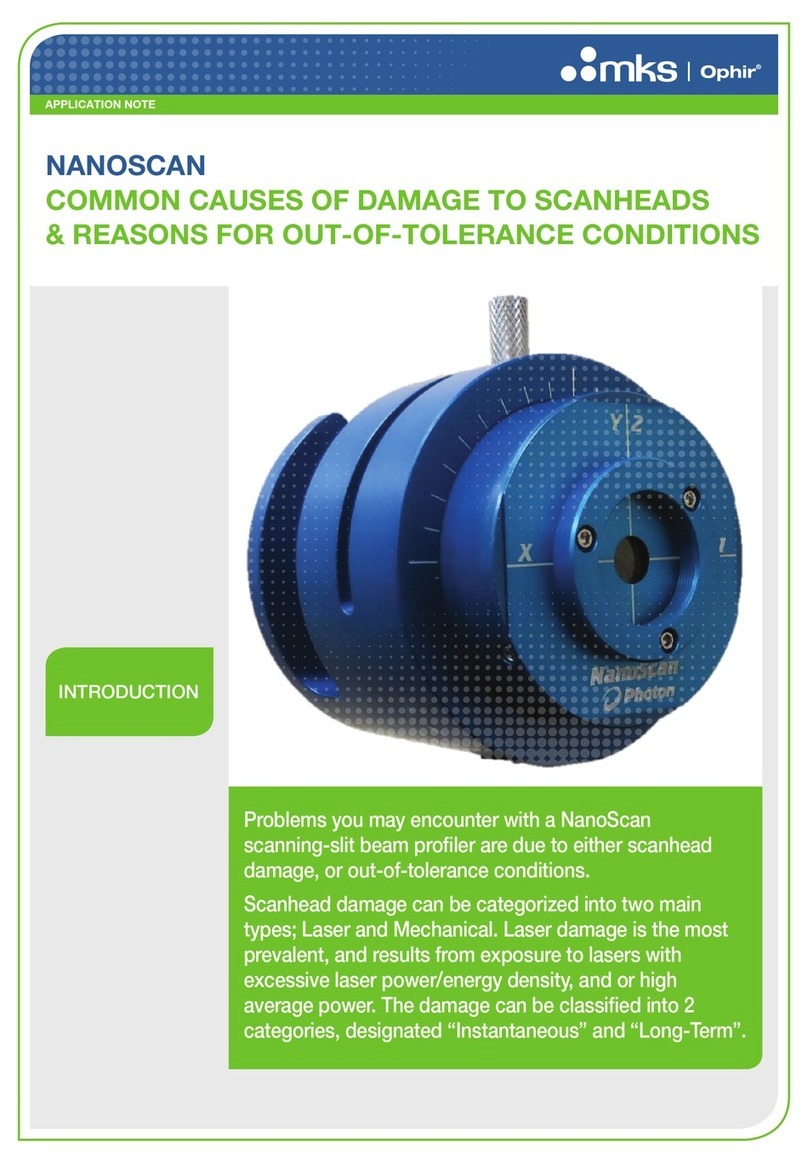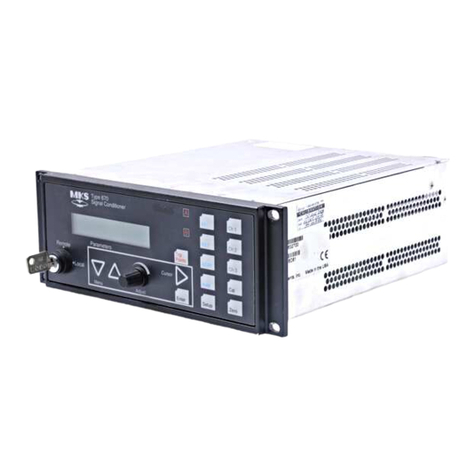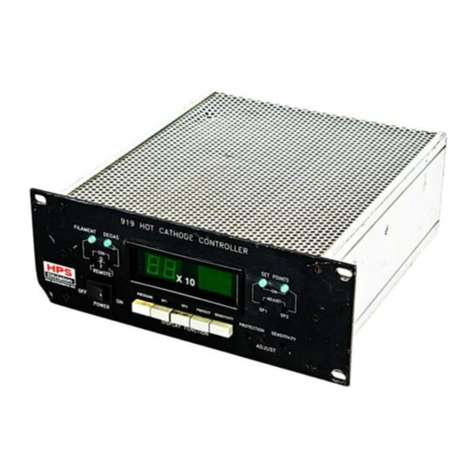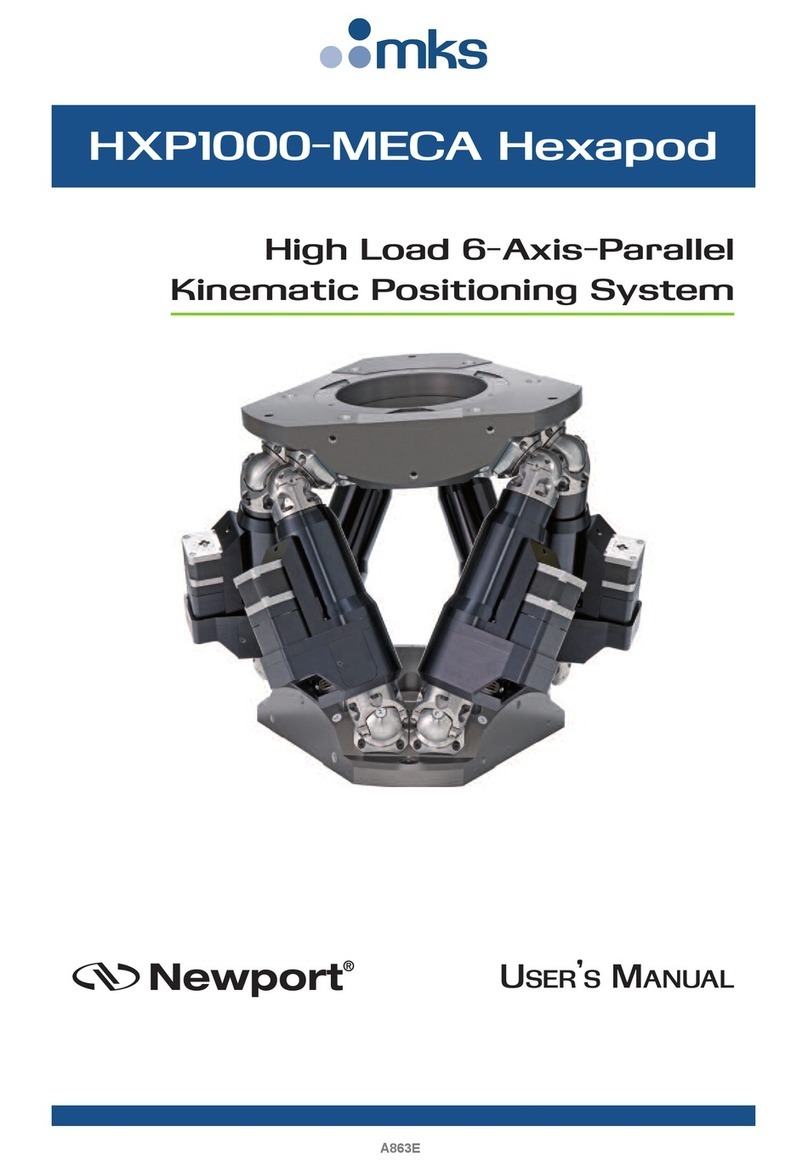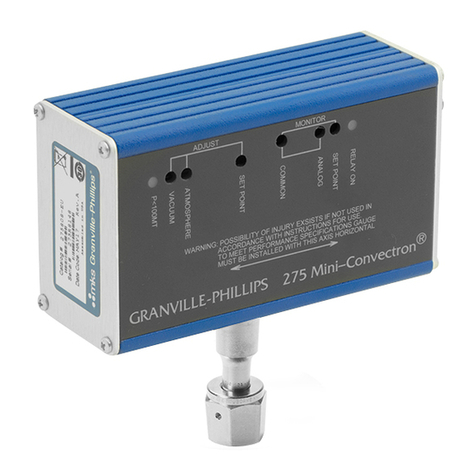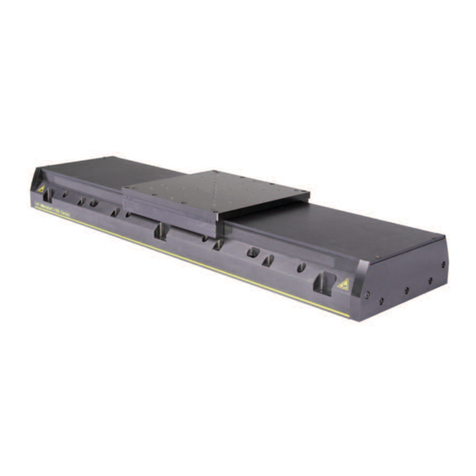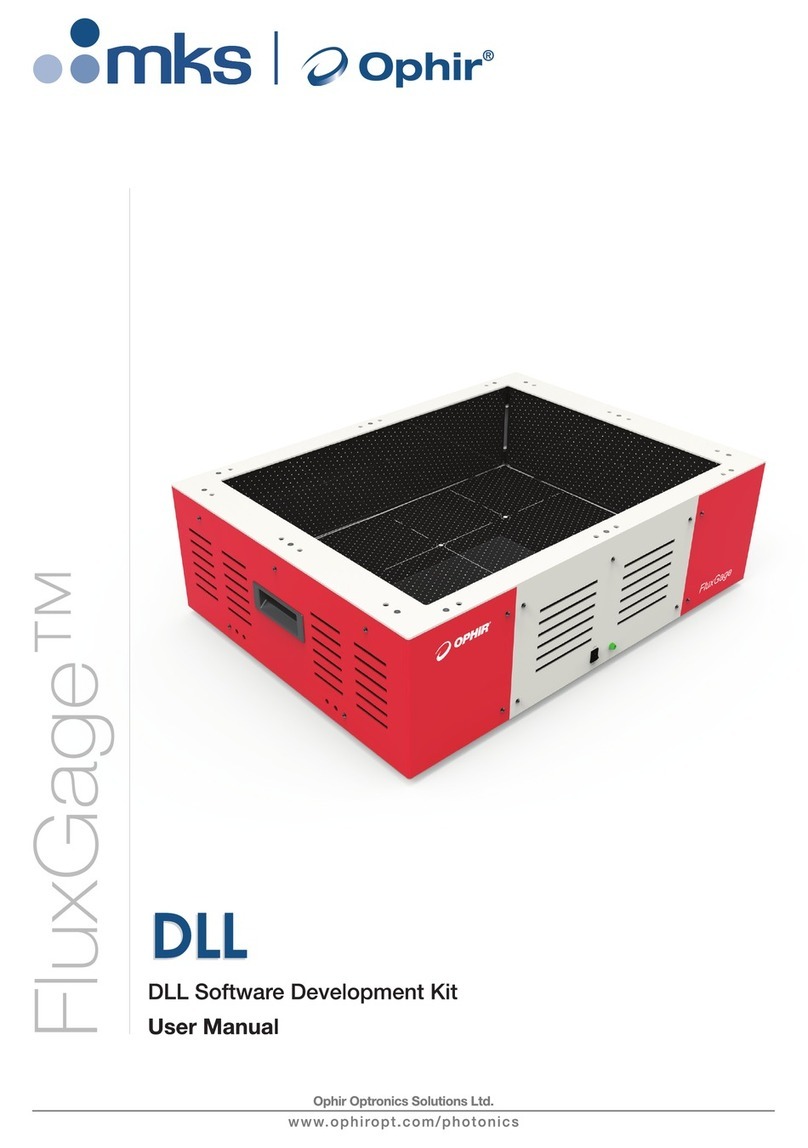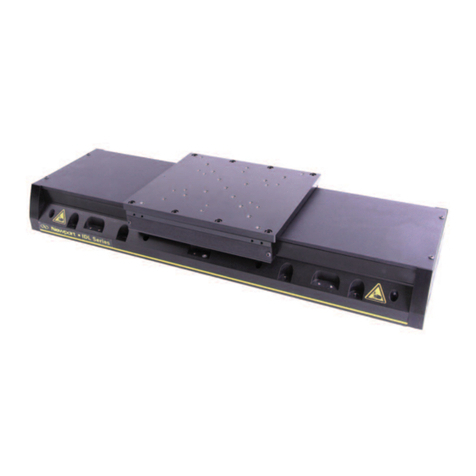
REMOTE METER HOLD
This line is brought out for remote reading control of the meter. Left open, the meter will free run at a rate of 2.5
samples/second. Holding this line low prohibits the meter from reading. To command the meter to read, generate
apositive going pulse with a duration of 50 micro sec. minimum to 2 msec. maximum.
DATA READY
This line goes high when the data is valid and ready to read.
DECIMAL INFORMATION
This information is presented as the exponent of 10, example: The decimal point for a Full Scale reading of 1000.0
is +3P where the bar indicates a negative true. Likewise the decimal for .10000 is displayed as —1P.
ENABLE LINES
The BCD information is controlled by enable lines. The 41/2 digit dpm has six enable lines while the 51/2 digit dpm
has only one. When these lines are connected to ground all of the BCD information is present at the rear connector
and can be read when the DATA READY line goes high. When these lines are left open or connected to +5V then
all of the BCD outputs are open. This is done when several meters are connected in parallel to a common bus.
Each meter is strobed for a reading by grounding these control lines and then when the reading has been taken
the lines are forced high again and the outputs are open.
IMPORTANT!! CHANNEL ID AND DECIMAL POINT INFORMATION IS NOT CONTROLLED BY
THESE ENABLE LINES. THIS DATA WILL BE ACTIVE AT ALL TIMES.
OVERRANGE OUTPUT ON THE 51/2 DIGIT DPM
The panel meter used by MKS overranges at 130000 counts. This would normally cause it to flash on and off. Since
this would not allow the proper full scale reading in mbars, Kpa or cmH20 the flashing feature has been disabled.
The meter will continue to read correctly until it reaches approximately 138000 counts. When it reaches its max-
imum count it will simply stay locked at that reading. Because of this you must be careful of readings greater than
Full Scale on these ranges. Also the BCD OVERRANGE signal WILL BECOME ACTIVE AT 130000 counts.
2-4


